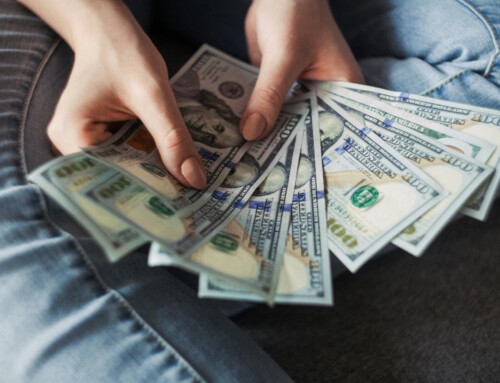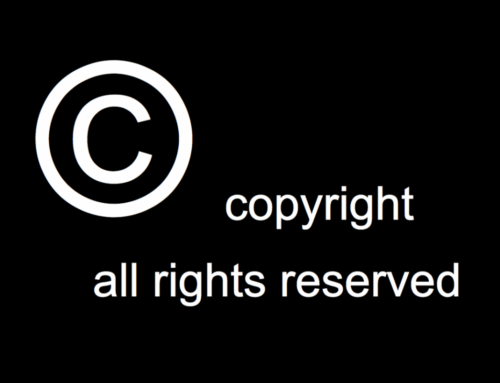Nearly every business has some form of intellectual property (IP). While it is an intangible asset, in many cases intellectual property is more valuable than tangible assets such as equipment and inventory.
Copyrights
Copyright protects original creative works, such as artwork, literary works, musical and dramatic works, software, sound recordings and motion pictures.
Although a protectible work is automatically copyrighted as soon as it’s fixed in a tangible medium, the copyright can’t be enforced until it’s registered (or, in some courts, until the copyright application is filed). Also, timely registration provides numerous benefits in the event of an infringement.
Copying a substantial part of someone else’s work may be an infringement. Note that a “substantial” part can be quite small quantitatively, if it’s an important part of the copied work.
You should also know that if someone independently comes up with a work, that’s not considered an infringement. Copying is an element of copyright infringement.
Works created on or after January 1, 1978 are protected for the author’s life plus 70 years. If the work is anonymous or pseudonymous, or a work made for hire, the duration of copyright is the shorter of 95 years from first publication or 120 years from creation.
Trademarks and Trade Dress
Any name, symbol, logo or combination of these items, when used in connection with a product or service, may be protected as a trademark. The “trade dress” of product shapes, containers, wrapping and packaging may be protected as well.
The purpose of trademarks and trade dress is to identify the source of a product or service. The law is designed to protect consumers rather than trademark owners, so the test for infringement is whether the marks at issue are likely to confuse consumers.
Copying is not an element of trademark or trade dress infringement, so a trademark or trade dress can be found to be an infringement even if the person who developed it was unaware of the pre-existing trademark or trade dress.
This means that you should always have a thorough search conducted before beginning to use any new trademark or trade dress.
Trademark and trade dress do not have to be registered to be enforced, though there are many benefits to registration. Trademarks and trade dress can be protected forever as long as the owner or its licensees continue to use the trademark/trade dress properly.
Patents
A US patent gives the patent owner the right to “exclude others from making, using, offering for sale, or selling” the invention in the US or importing the invention into the US.
There are three types of patents. Utility patents cover the invention or discovery of a new and useful process, machine, article of manufacture, or composition of matter (or any new and useful improvement thereof).
Design patents cover new, original, and ornamental designs for an article of manufacture.
Plant patents cover the invention or discovery of distinct and new varieties of plants.
Because an invention can infringe a patent even without intentional copying, the only way to discover whether an invention might be infringing is to have a patent search conducted.
The life of a patent is 20 years from the date of filing for utility and design patents and 14 years from the date of grant for plant patents.
Trade Secrets
The Uniform Trade Secrets Act, which has been adopted by nearly all states, defines a trade secret as information (including a formula, pattern, compilation, program, device, method, technique, or process) that derives independent economic value (actual or potential) from not being generally known to or readily ascertainable through appropriate means by other persons who might obtain economic value from its disclosure or use, provided that the information is the subject of reasonable efforts to maintain its secrecy.
This means that, at a minimum, the trade secret owner should label the information as “trade secret” or “confidential” and make sure it is accessible only to those who have signed nondisclosure agreements (often called “NDAs”).
Trade secrets are protected from misappropriation, which is when someone obtains the information through improper means, such as through a breach of contract, fraud, theft, or hacking.
It’s also considered to be misappropriation when that improperly acquired information is used or disclosed by the person who misappropriated it or by someone else who knows that the information was acquired through improper means.
Independent creation or development of trade-secret protected information is not an infringement, even if the information was discovered through reverse-engineering.
Trade secrets can be protected forever, so long as the above requirements are met.
Please feel free to contact us if you have any questions about how to protect your intellectual property.
Photo by Héctor J. Rivas on Unsplash






